Here is a link to a P&H team paddle that I put together. It features team members Sean Morley, Dave White, Matt Nilson and myself (Chris Lockyer)
Category: Trip Reports Page 17 of 77
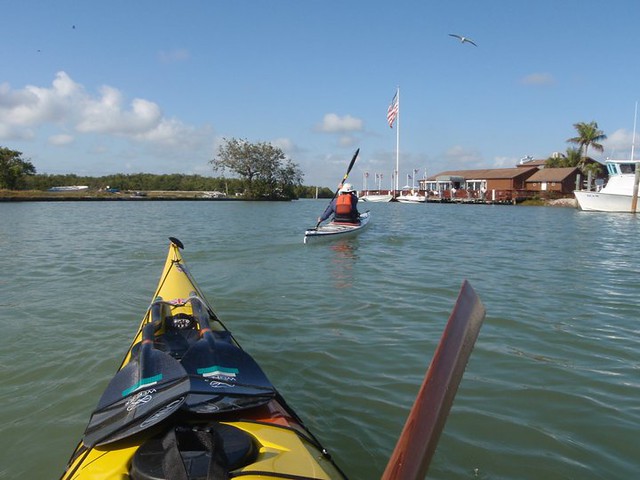
Last weekend a friend and I planned a last minute camping trip to Cape Romano south or Marco Island, FL. We left from Goodland, a small fishing village on the SE corner of Marco and headed through the backwaters to get out to the Gulf of Mexico. Our destination was Cape Romano, a 10 mile paddle from Goodland. Chris was in his Epic 18 X and was using an Epic Mid Wing paddle.
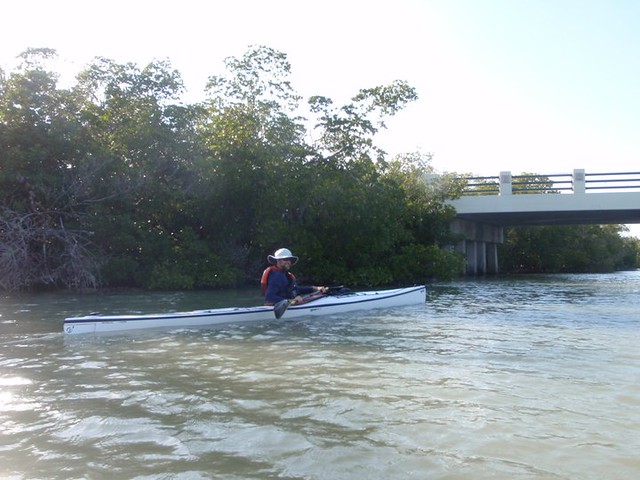
I was using my Cetus LV with a Greenland stick and kept up the whole time just fine. You could see the 18 was faster on the flat back waters but we evened out completely once we got in the Gulf with some chop. Temperature was a wonderful 72 degrees but a dense Sea Fog was rolling in and we arrived just in time to set up and change clothes for the 15 degree drop in temp.
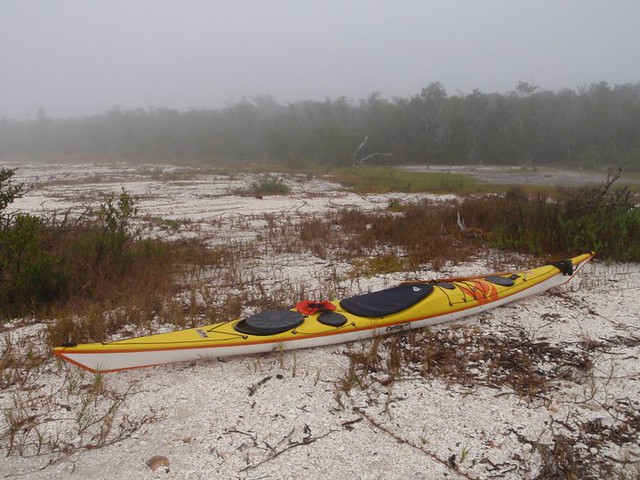
Cooked up some Hot Italian Sausage for dinner with Shipyard Pumpkinhead Ale on the side. Had a decent sleep in my MSR Hubba and awoke to an even denser fog in the morning. The wind was howling and kicked up a light 2.5-3′ break on the shore. After breakfast the wind died and so did most of the surf. We launched from the beach one at a time. The Epic filled up with water as he tried to get in the boat in the water to avoid any damage to the rudder. I sat on the beach with my skirt on and waited for a wave to pick me up and paddled off, dry inside the boat 🙂 Footpump took care of any water in the cockpit from when putting the skirt on.
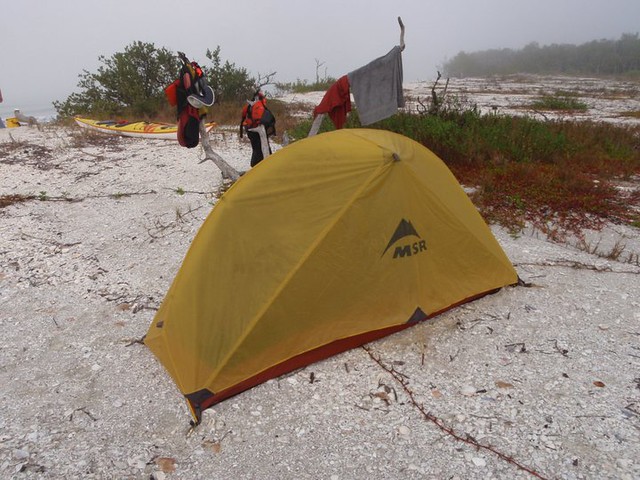
Paddled back the 10 miles in a hour and 20 minutes keeping pace with the Epic on flat water this time using an Werner Ikelos and was awarded with White Pelicans, Manatees and numerous Dolphin. All in all a great paddle and always nice to camp from the Cetus LV.
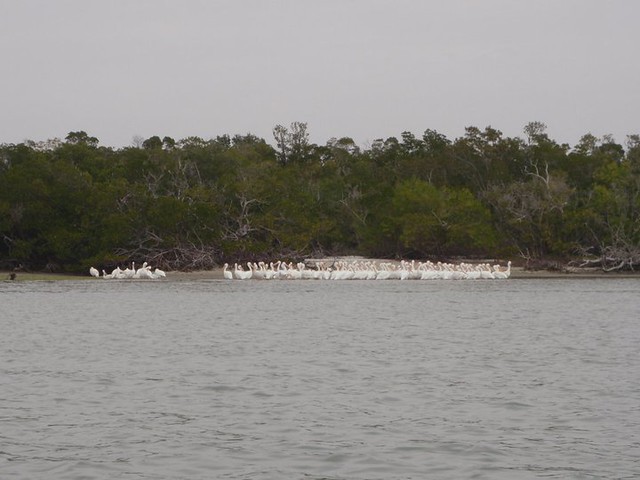
I got my new Outdoor Research Highlands Bivy in and was aching to get out and try it so I decided to do a quick overnight considering I had to work the next morning. I packed up my Cetus LV and headed out from the Isles of Capri in Naples, FL to head out to Keewaydin Island, the 1st barrier island of the 10,000 Islands chain.
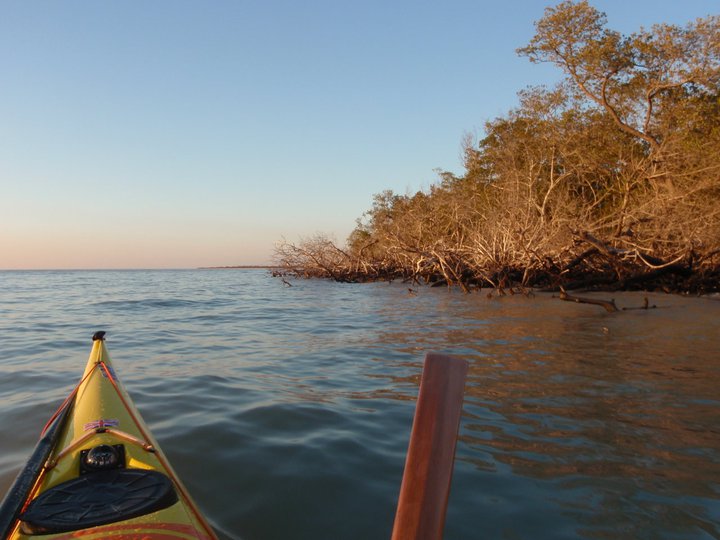
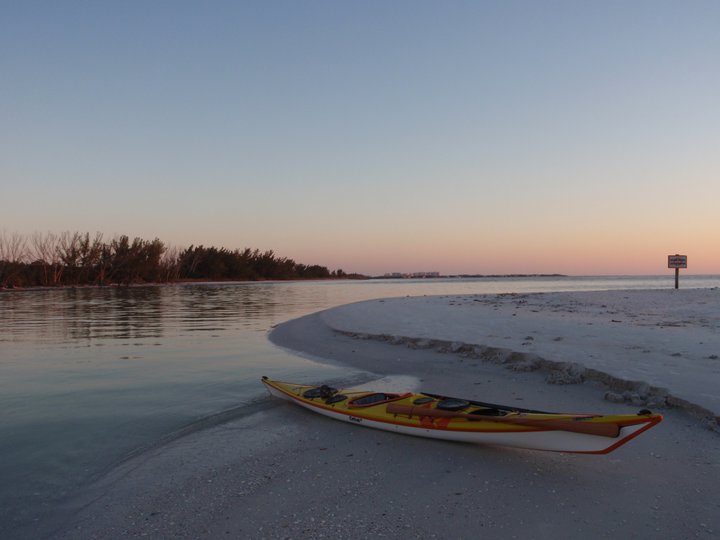
I left around 4:45 pm with sunset at 5:29 pm. Reached Keewaydin Island, 3.75 miles away, with time to set up the Bivy camp site, which was very fast, and then watch the sunset.
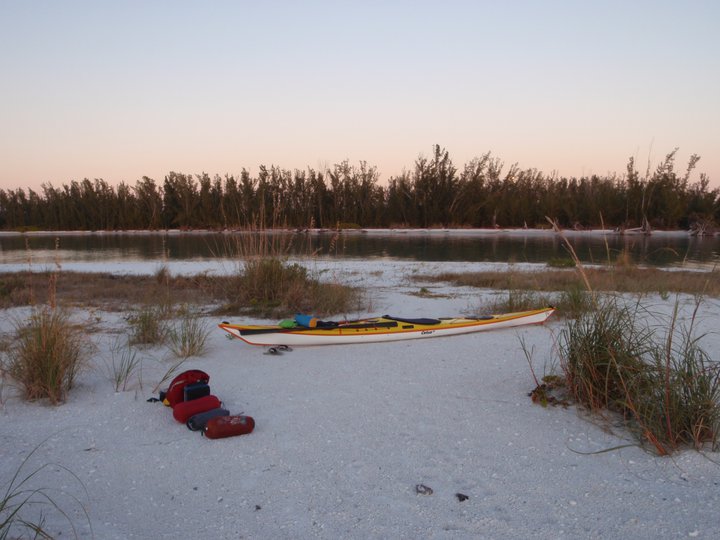
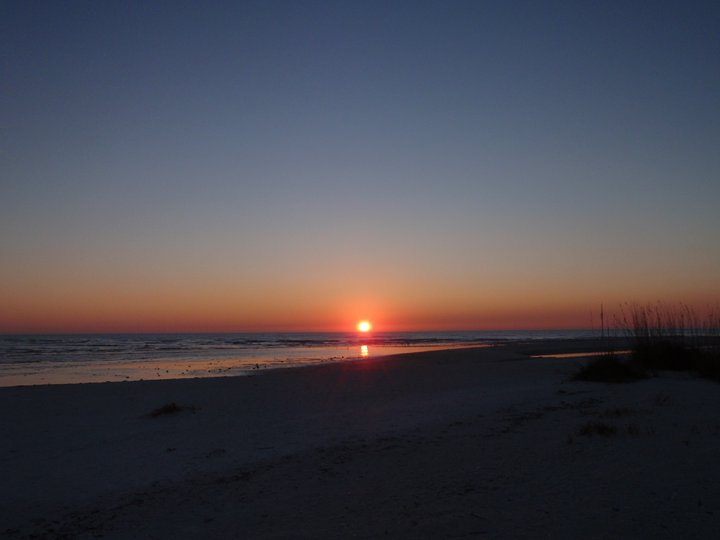
Even in Southern Florida is was feeling frosty as it got down to 46 degrees so I warmed by the fire as the Slickrock Beans cooked and then hit the bivy for the night. Awoken by noisy powerboats partying I left at 2:30am and was awarded by the lunar eclipse to paddle back under. A pleasant night indeed.
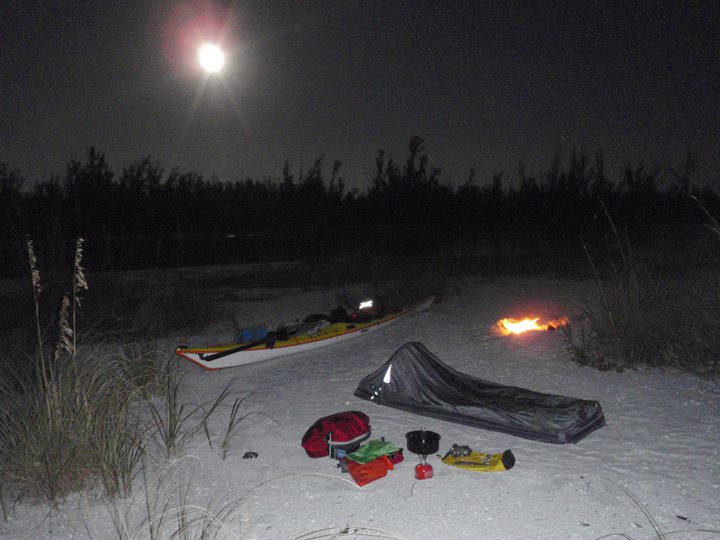
On 20th April 2010 I set out from Falmouth in Cornwall, attempting to become the first person in 5 years to complete a full circumnavigation of Great Britain by kayak. Since the first successful completion 30 years previous, only a handful of people had made it all the way round, but for various reasons none who had started in the last 5 years had finished – with bad weather usually a key factor. Having only limited sea kayaking experience the aim was not to break any records, but simply to finish and raise money for two charities: WaterAid, and Crohn’s and Colitis UK. After 82 days paddling and a huge 56 days given up to the weather, injury, and having my kayak and gear stolen, and with over 2200 miles of paddling behind me, I finally made it back into Falmouth on 4th September.
The Expedition:
The beginning of the expedition saw near ideal conditions with a high pressure weather system allowing rapid progress around the Lizard and Land’s End, and all the way up Cornwall and Devon to South Wales, crossing the Bristol Channel from Ilfracombe to the Gower. 2 weeks of northerly winds meant progress was slow up the coast of Wales, before a major setback occurred when my kayak and a lot of gear was stolen in North Wales. For the following few days the expedition received a lot of media attention, which not only helped the fundraising for the charities and the exposure for sponsors, but also played a large part in the recovery of the kayak and the gear: the story appeared in local as well as national news, including the front page of the BBC News website. Unbelievably, the damage to the boat was limited to few scrapes to the hull and a couple of snapped deck lines; none of the kit in the boat had been taken.
From north Wales, after the recovery of the gear, progress was steady as far as the Isle of Skye, with just a few days lost to the weather here and there. The section through SW Scotland was – as anticipated – breathtaking, with the high rugged cliffs around the Mulls of Galloway and Kintyre, the gannet colony on Ailsa Craig in the middle of the Firth of Clyde, and the beautiful Sounds of Jura and Mull particularly memorable.
When the scheduled support driver withdrew, I found the two weeks from Ardnamurchan Point up to Kinlochbervie particularly challenging. A few days on the Isle of Skye in strong winds followed by relatively slow progress towards Cape Wrath meant I was starting to fall further behind schedule, and doubts were starting to creep in regarding whether or not there was enough time to finish. With this in mind, I made it from Kinlochbervie to John o’Groats in 2 days, with only 3 hours sleep at Armadale taking advantage of the extremely long hours of daylight, in order to get through the notorious Pentland Firth on neap tides. However, knocking off the 93 miles in such an intense time period resulted in tendonitis developing in my fingers and right wrist: for the next few days each meal would be accompanied by painkillers and anti-inflamatories, and I was forced to wear wrist supports both whilst kayaking and sleeping. Annoyingly this meant having to cut out the latex wrist seals from the cag: the cold waters around the north of Scotland suddenly felt much colder!
The Moray Firth was crossed in a single hit from Helmsdale to Lossiemouth: then the longest single crossing of the trip at just over 8 hours. Consecutive days paddling as far as Montrose meant I had just about caught up with the schedule, only for gale force winds to hit, taking out another 8 days. Once the open crossings of the Firths of Tay and Forth had been completed and I’d crossing the border back into England, the east coast was completed with few breaks until arriving at Clacton-on-Sea, just before the Thames estuary.
A couple of days of southerly winds provided a good opportunity to rest up before the next major crossing, and also allowed a crucial repair to the hull of the kayak: my boots had worn through the GRP, and the only thing keeping the water out (and keeping me afloat!) was the thin layer of gel coat. Once across the Thames and onto the South Coast, consecutive days of decent weather saw me to Torquay; south-west winds meant daily distance decreased to 20-25 miles, but momentum was building toward the home straight and I was beginning to creep ahead of schedule for the first time since April.
Another week of bad weather followed, before the final few days paddling around Start Point, across the Tamar, and back down the south coast of Cornwall into Falmouth on the 4th September. In Falmouth, TV, radio and newspaper coverage helped to push the fundraising total to over £10,000, and the kayak with some of the gear used has gone on display in the National Maritime Museum Cornwall.
A huge thank you to Liz and the teams at Pyranha and P&H for such generous support for the expedition: the stability afforded by the Cetus was a large factor in getting all the way round without a single capsize – and the ongoing support, especially with help and advice regarding minor repairs and maintenance, has been truly outstanding.
More details and photos are available at www.gonepaddling.co.uk
James Bonell, September 2010.
SONY DSC
SONY DSC








